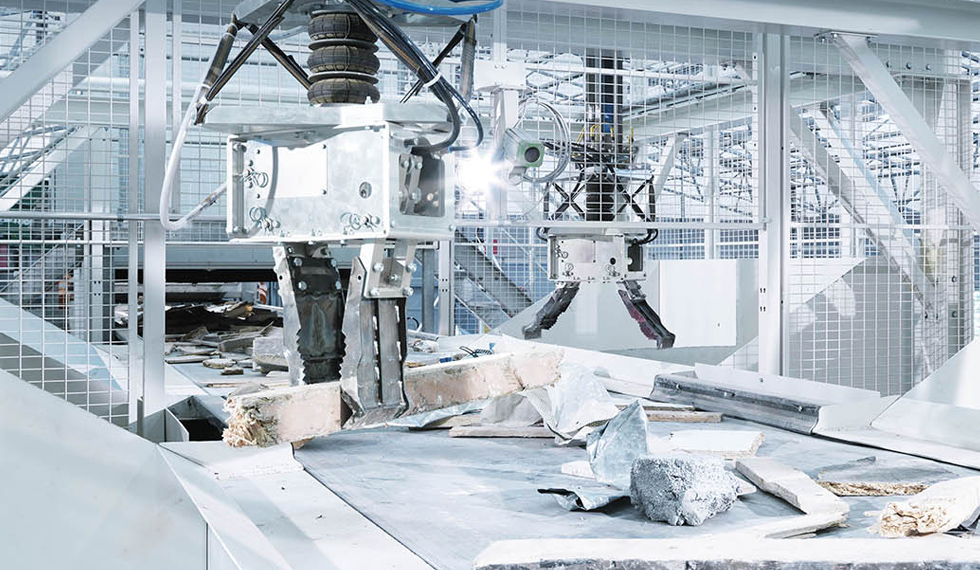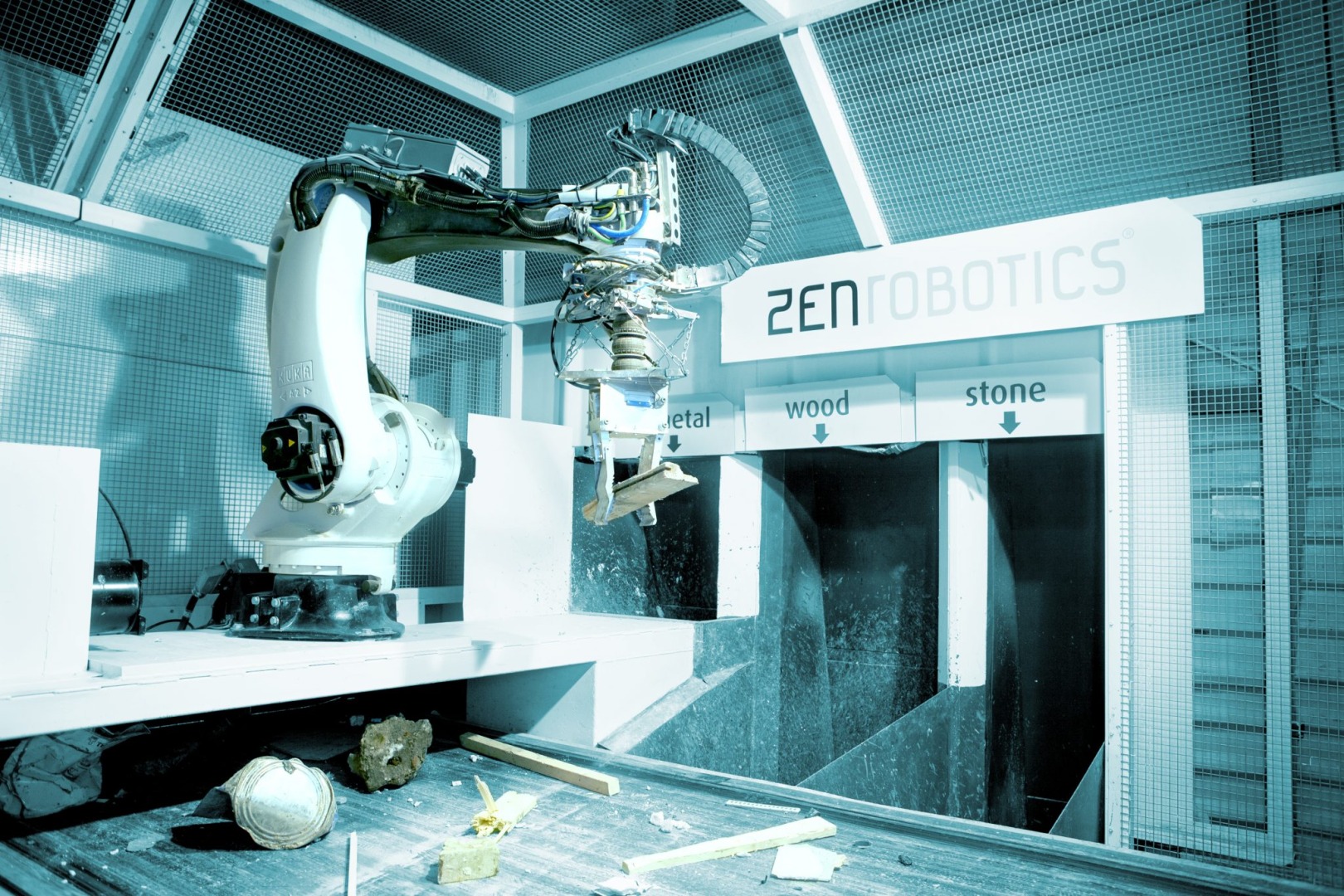Comments
- No comments found

As the world's population continues to grow, so does the amount of waste generated.
According to the World Bank, global waste generation is expected to increase by 70% by 2050. The traditional methods of waste collection and disposal are often inefficient and can cause environmental damage. To address this challenge, the use of robotics in waste management has emerged as a promising solution. Robotic technology can improve the efficiency and effectiveness of waste collection, sorting, and disposal while reducing the risk of human exposure to hazardous materials. In this article, we will explore the applications of robotics in waste management and the benefits and challenges associated with this technology.

Robotic technology has several applications in waste management, including waste collection, sorting, and disposal. Waste collection robots can navigate through public spaces, such as streets and parks, and collect waste more efficiently and effectively than human workers. They can also sort different types of waste using advanced imaging and recognition technologies. Sorting and recycling robots can identify and separate recyclable materials from non-recyclable waste, significantly improving the quantity and quality of recyclable materials recovered from waste. Autonomous waste management vehicles can transport waste from collection points to waste processing facilities, reducing fuel consumption and emissions. Additionally, robotic technology can improve the safety of waste management by reducing the risk of human exposure to hazardous materials. The applications of robotics in waste management are diverse and can significantly improve the efficiency and sustainability of waste management systems.
Robots Waste collection robots are designed to collect waste from public spaces, such as streets and parks. These robots are equipped with sensors and cameras that allow them to navigate autonomously and avoid obstacles. They can also detect and sort different types of waste, such as plastic, glass, and paper, using advanced imaging and recognition technologies. Waste collection robots are particularly useful in urban areas where waste management is a challenge due to high population densities and limited space.
Robots Sorting and recycling robots are designed to sort and process waste for recycling. These robots use advanced imaging and recognition technologies to identify and sort different types of waste automatically. They can identify and separate recyclable materials such as plastic, paper, and metal, from non-recyclable waste. These robots are particularly useful in areas where manual sorting is difficult due to the large volumes of waste produced.
Vehicles Autonomous waste management vehicles are designed to transport waste from collection points to waste processing facilities. These vehicles can be programmed to navigate autonomously, avoiding obstacles and traffic. They can also be equipped with sensors and cameras that allow them to detect and sort different types of waste automatically. Autonomous waste management vehicles are particularly useful in areas where traditional waste collection vehicles cannot access due to narrow roads or limited space.

Several waste management companies and municipalities around the world have already implemented robotic technology in their waste management systems. For example, the city of Amsterdam has deployed waste collection robots that can collect and sort waste autonomously. In Singapore, waste management company EcoWise has developed a sorting and recycling robot that can sort up to 40 tons of waste per day. In the United States, robotic waste management company AMP Robotics has developed a sorting robot that can sort up to 80 items per minute.
The use of robotics in waste management offers several benefits, including increased efficiency, reduced costs, improved safety, and reduced environmental impact. Waste collection robots can collect waste more quickly and efficiently than human workers, reducing labor costs and minimizing the risk of exposure to hazardous materials. Sorting and recycling robots can significantly improve the quality and quantity of recyclable materials recovered from waste, reducing the amount of waste sent to landfills. Autonomous waste management vehicles can reduce emissions and fuel consumption, contributing to a cleaner and more sustainable environment.
However, there are also some challenges associated with the use of robotics in waste management. One major challenge is the initial cost of investment, which can be significant. Another challenge is the need for maintenance and repair of the robots, which can be time-consuming and costly. Additionally, the use of robotics in waste management may lead to job displacement for human workers in the waste management industry.
The use of robotics in waste management has emerged as a promising solution to address the growing challenge of waste management. Robotics technology can significantly improve the efficiency, effectiveness, and safety of waste collection, sorting, and disposal while reducing the environmental impact of waste. While there are challenges associated with the adoption of robotics in waste management, such as the initial costs of investment and the need for training personnel to operate and maintain the technology, the long-term benefits of increased efficiency and reduced environmental impact make it a worthwhile investment. The application of robotics in waste management is expected to continue to evolve and expand, with the emergence of new technologies and innovations in the field. As waste management continues to be a pressing issue globally, robotics technology is poised to play an increasingly important role in developing sustainable waste management practices.
Leave your comments
Post comment as a guest